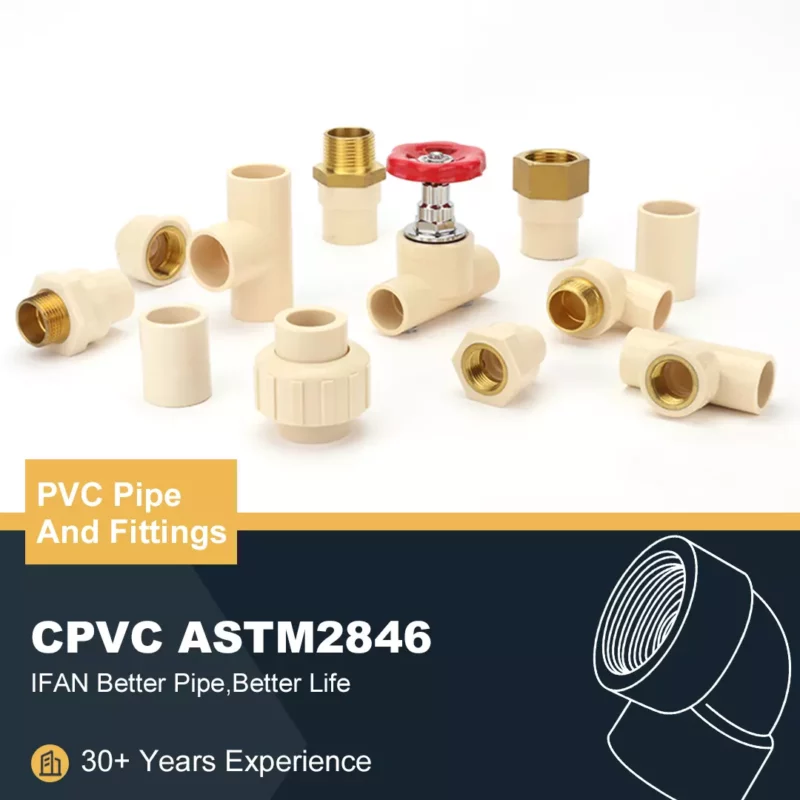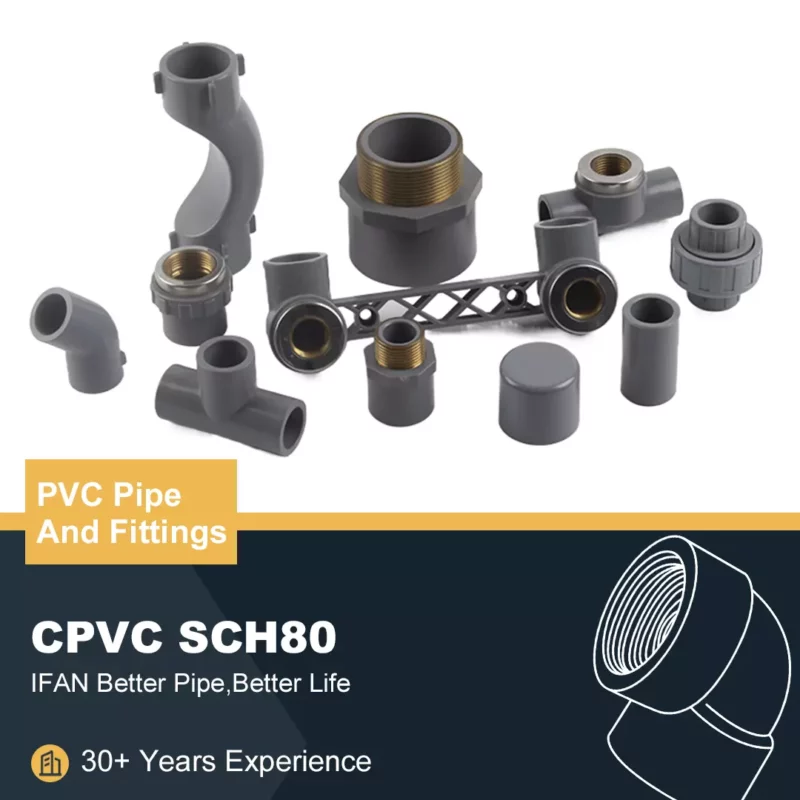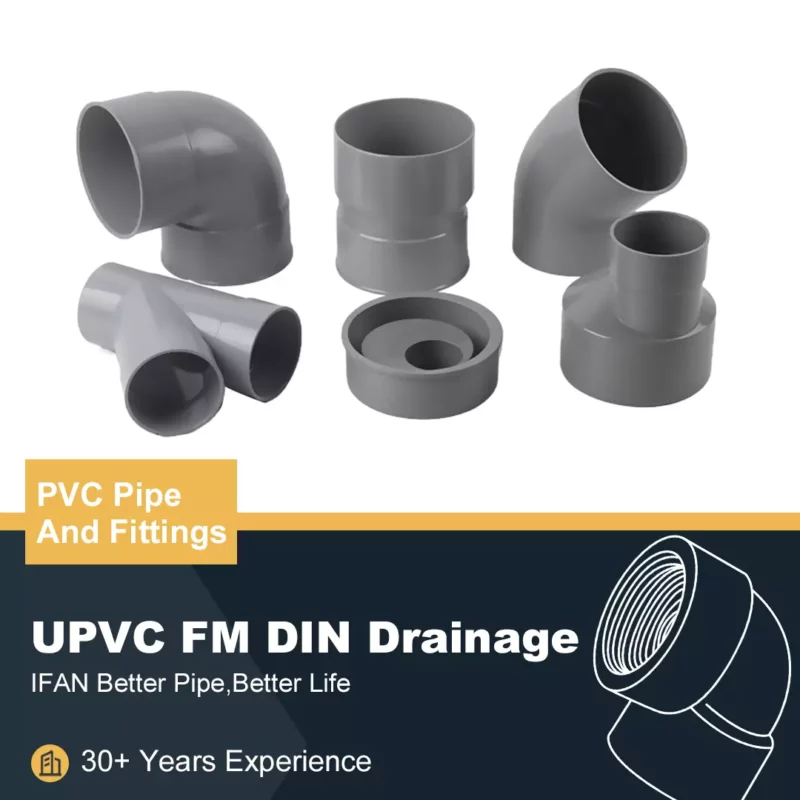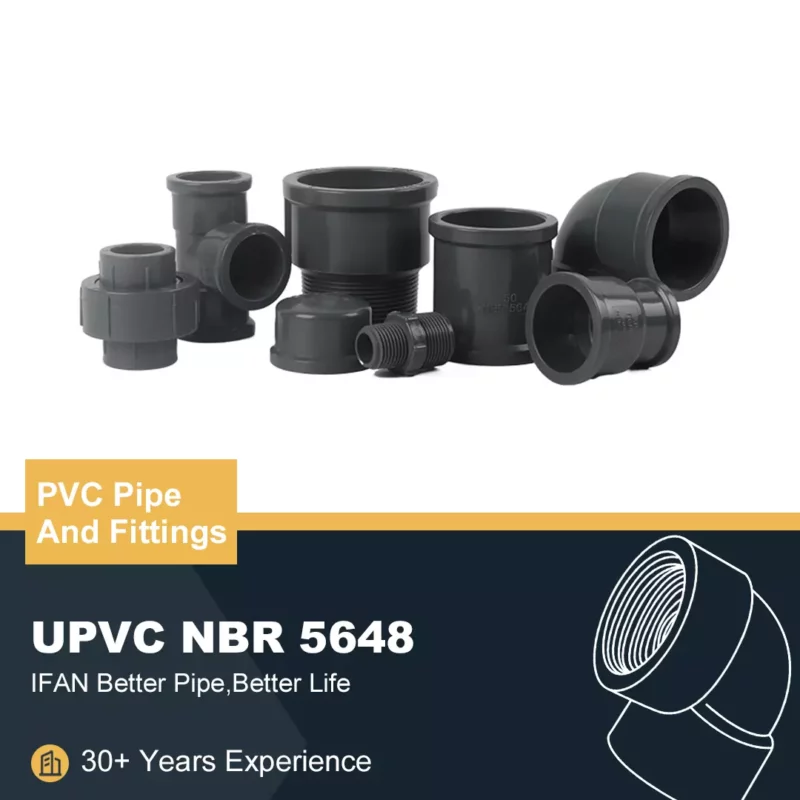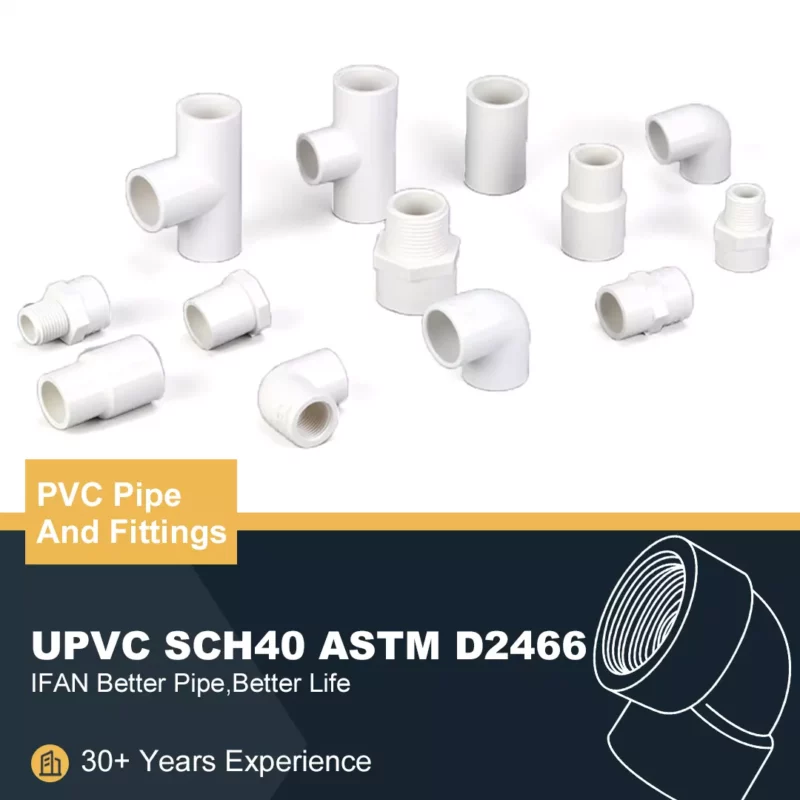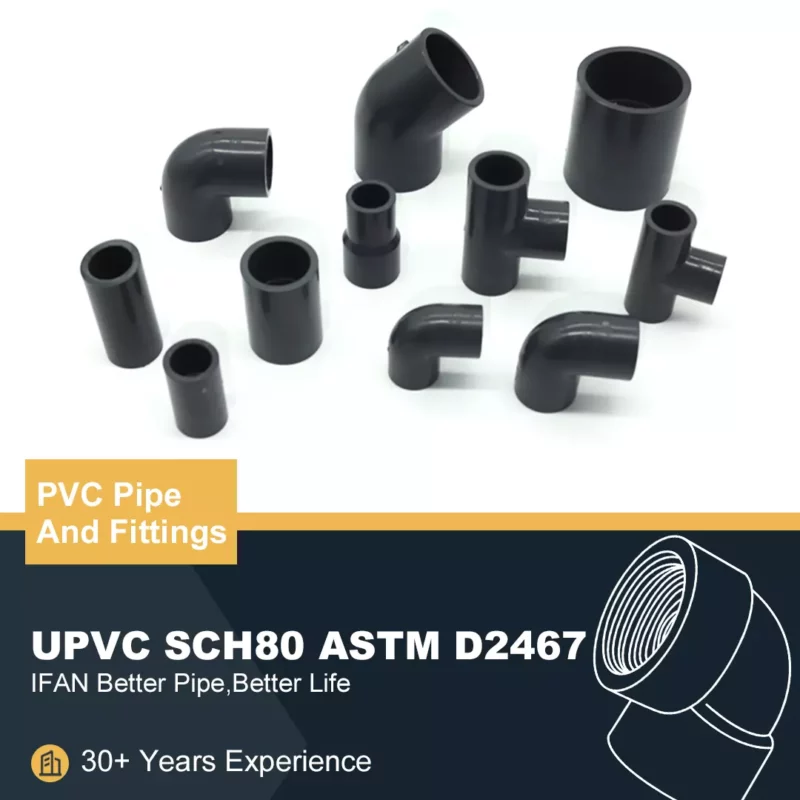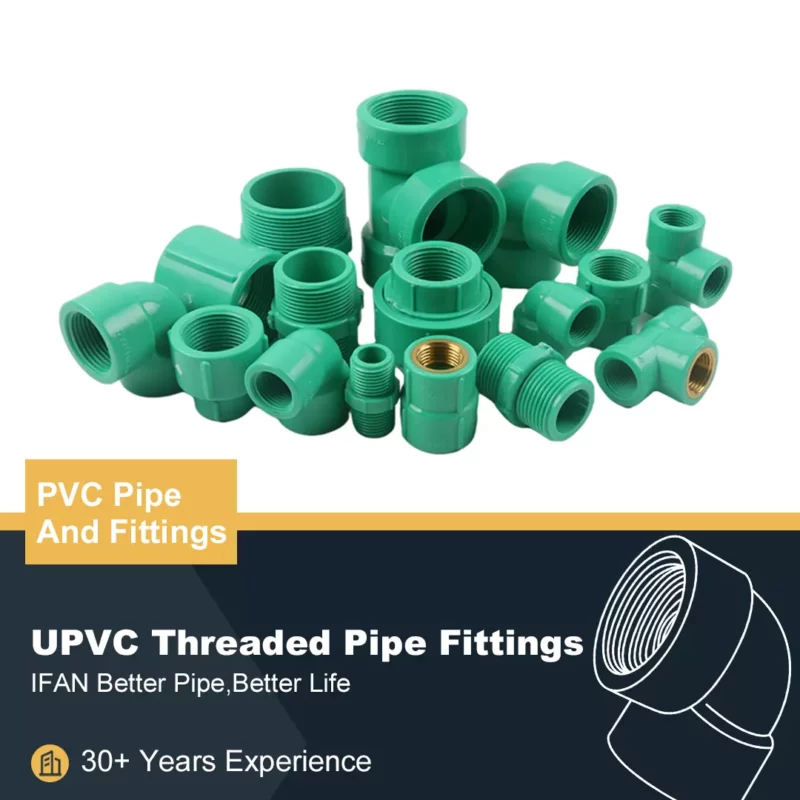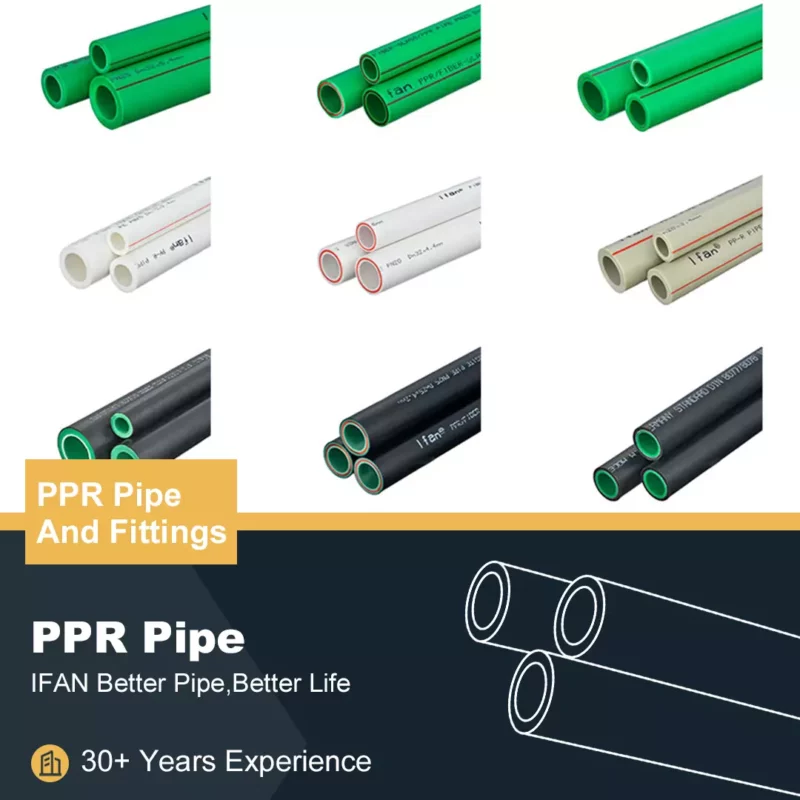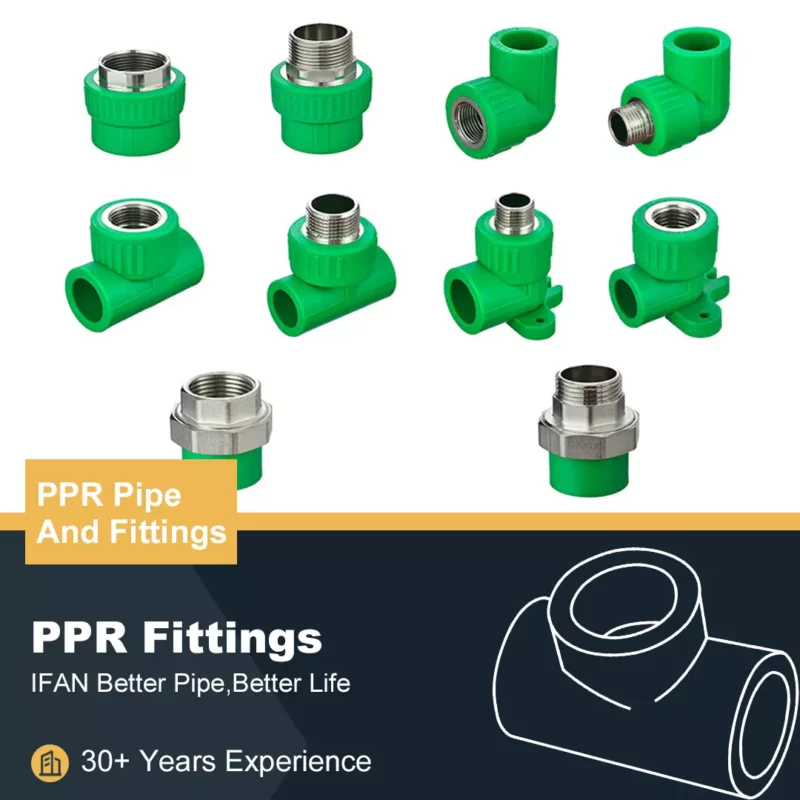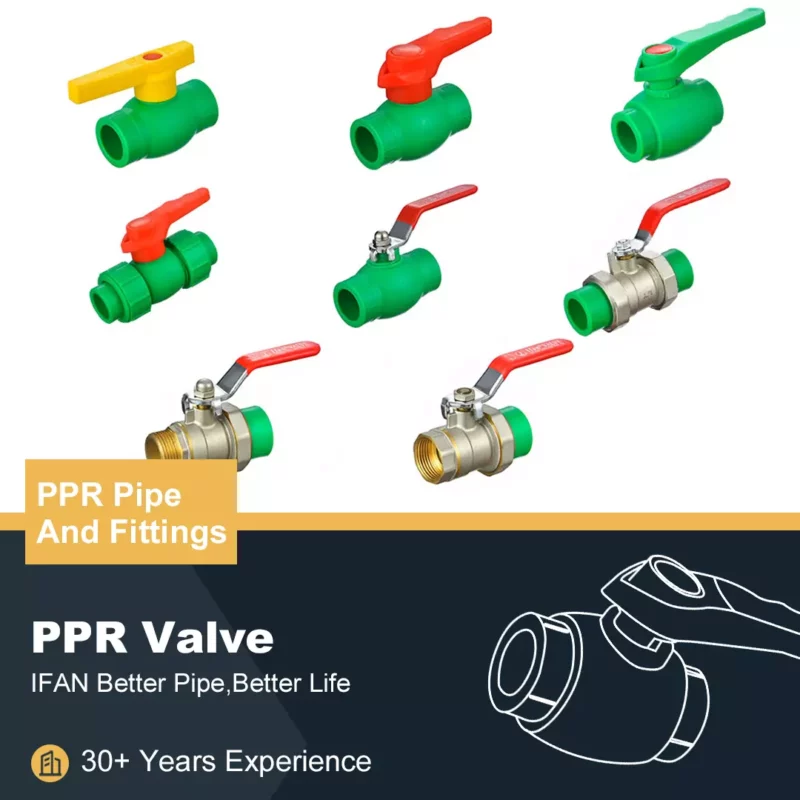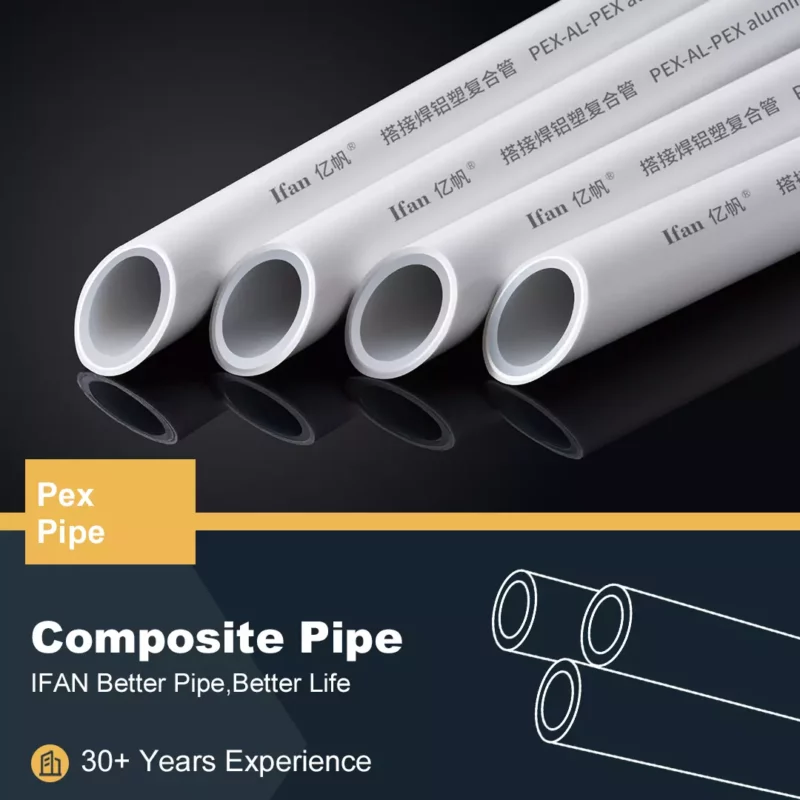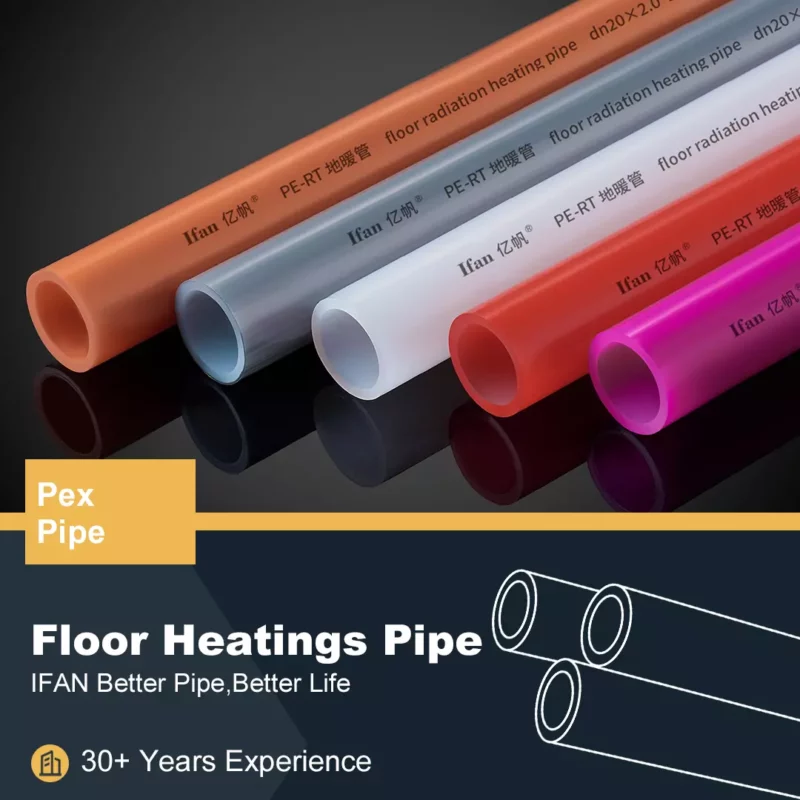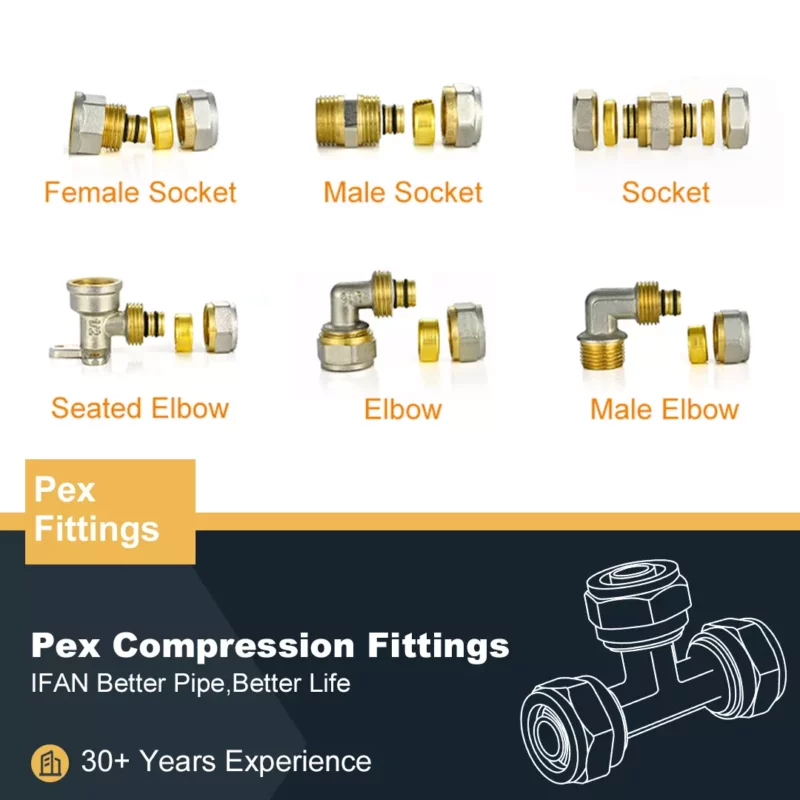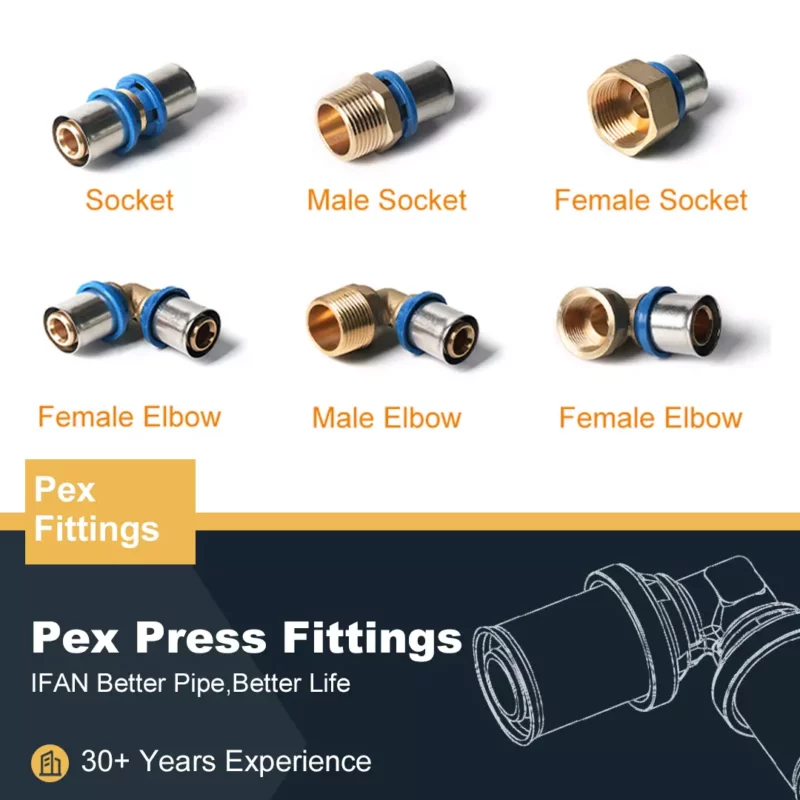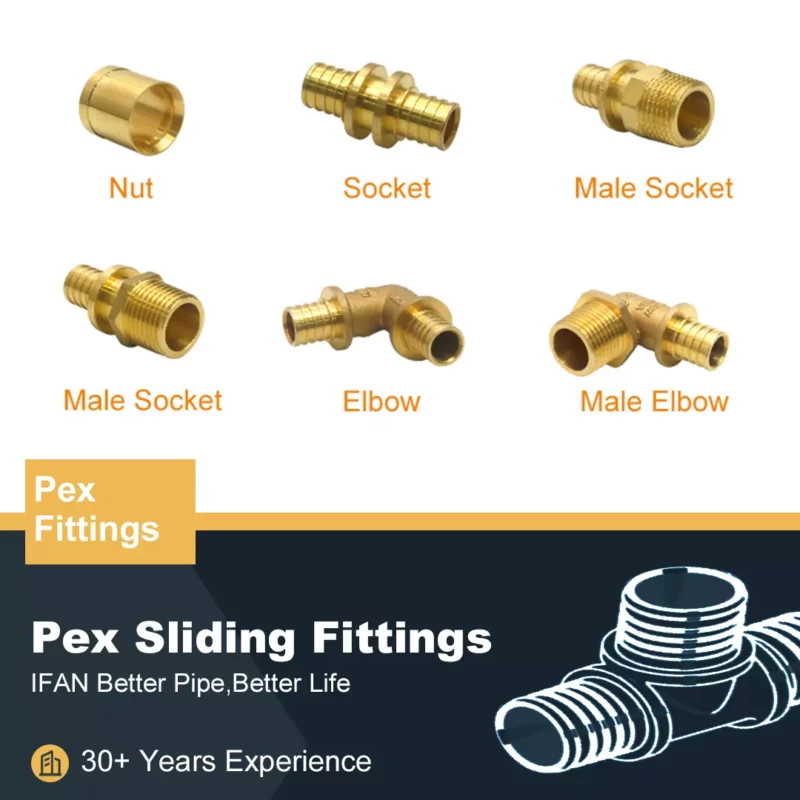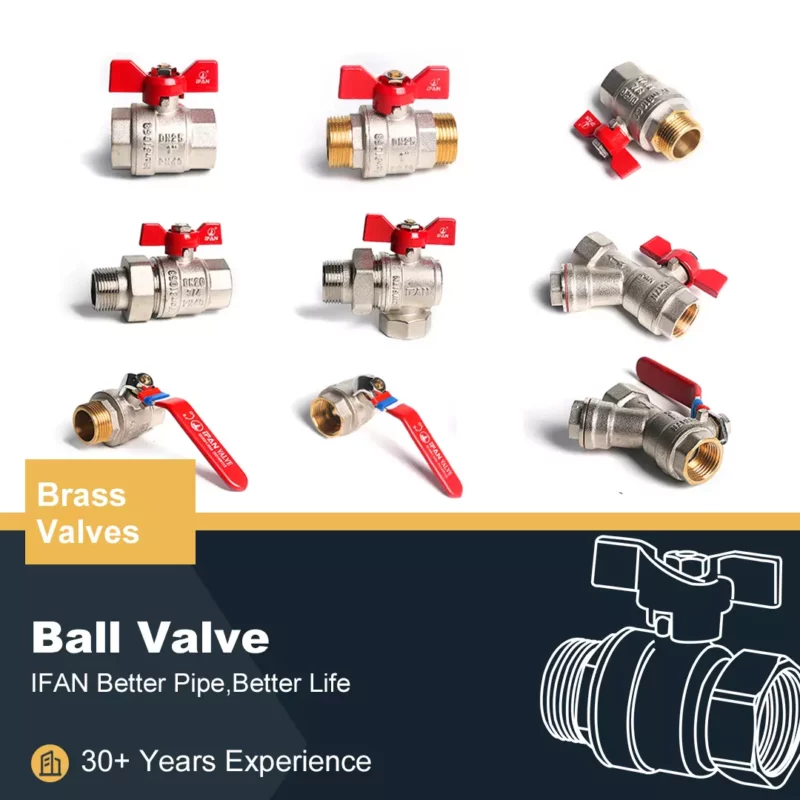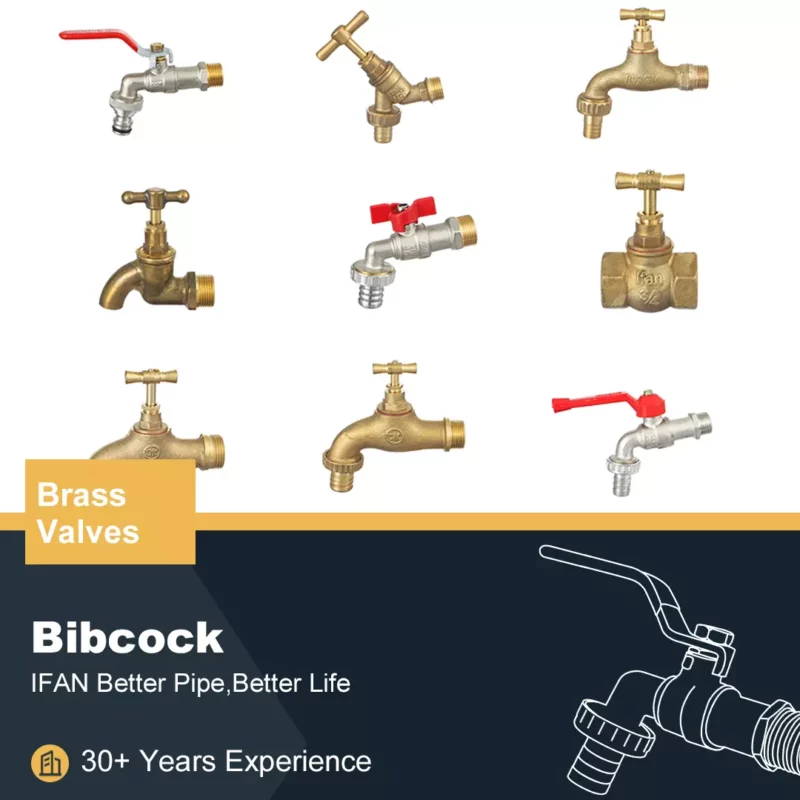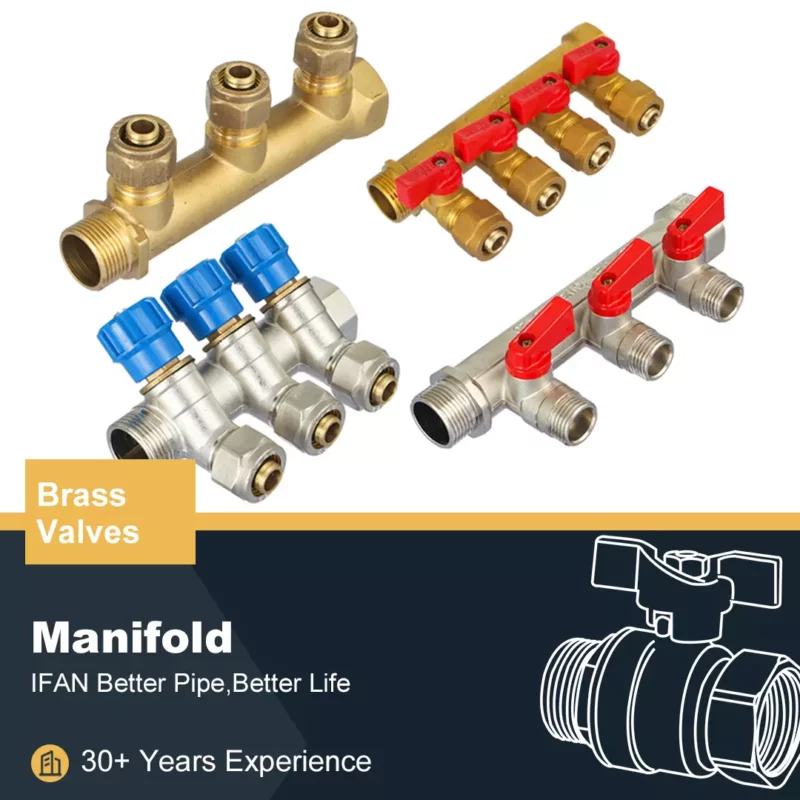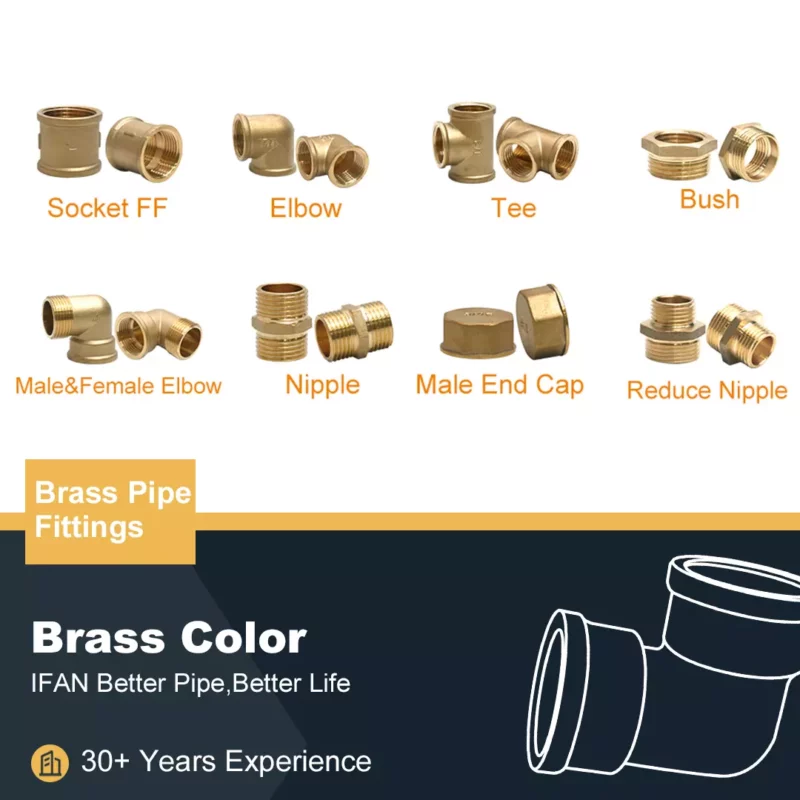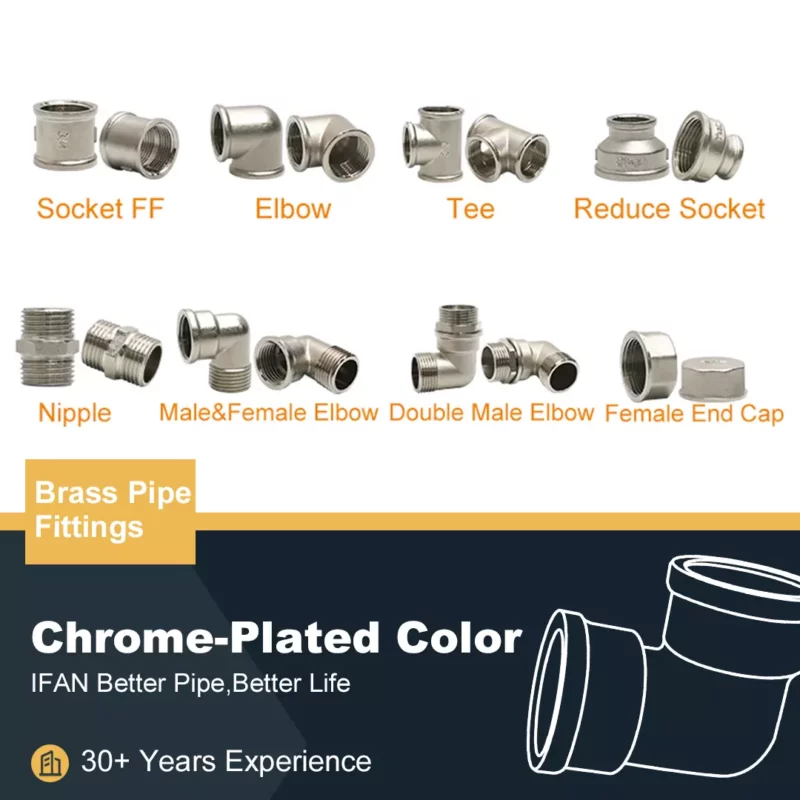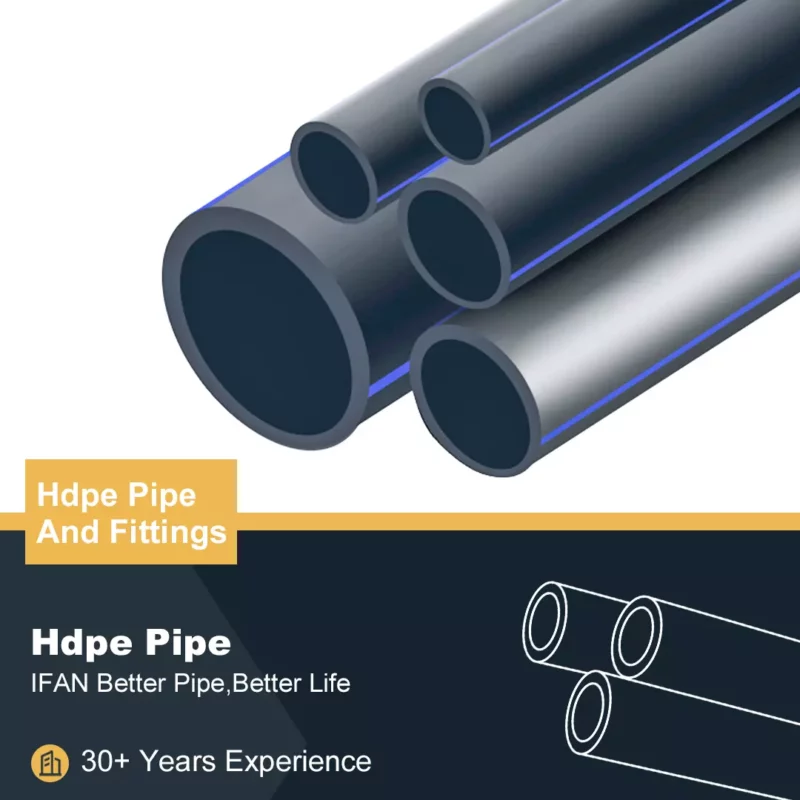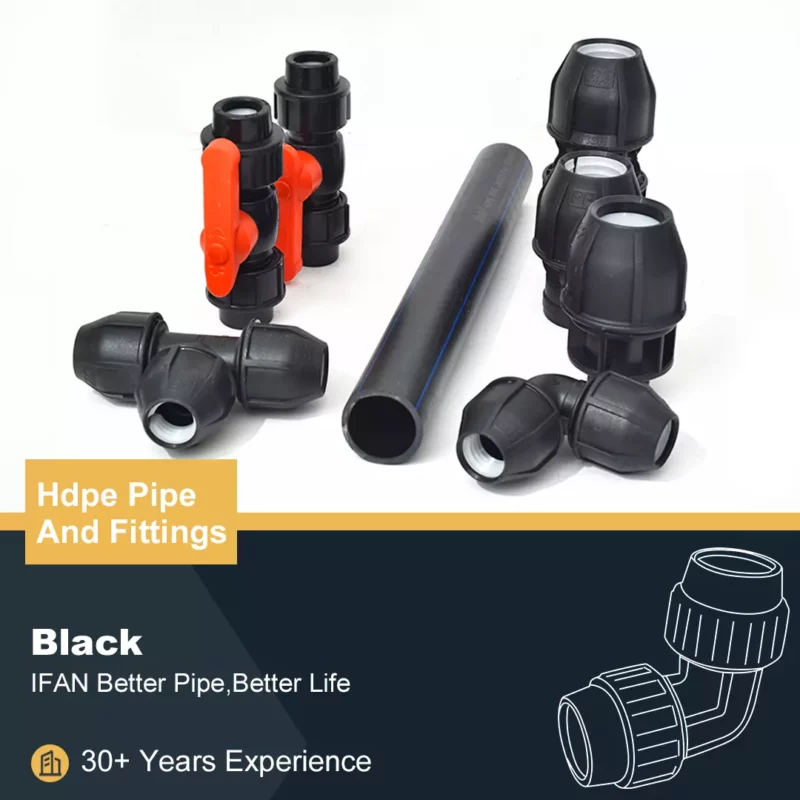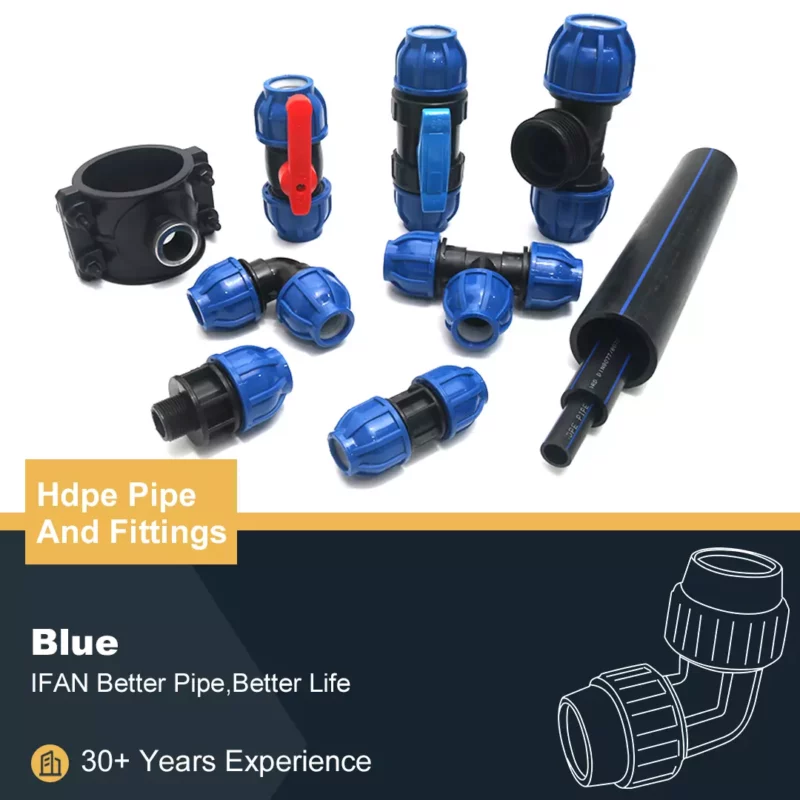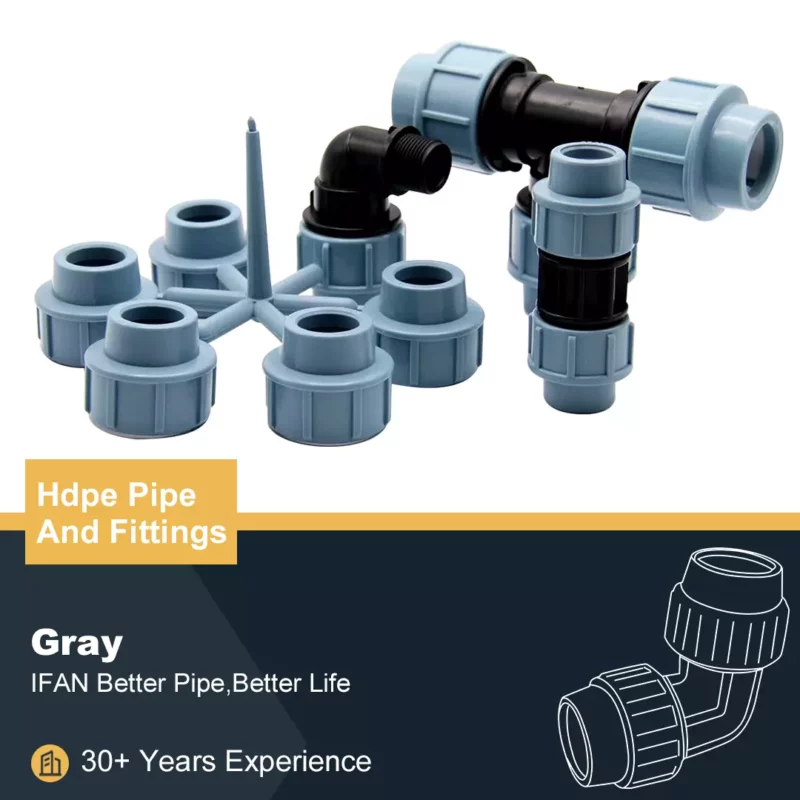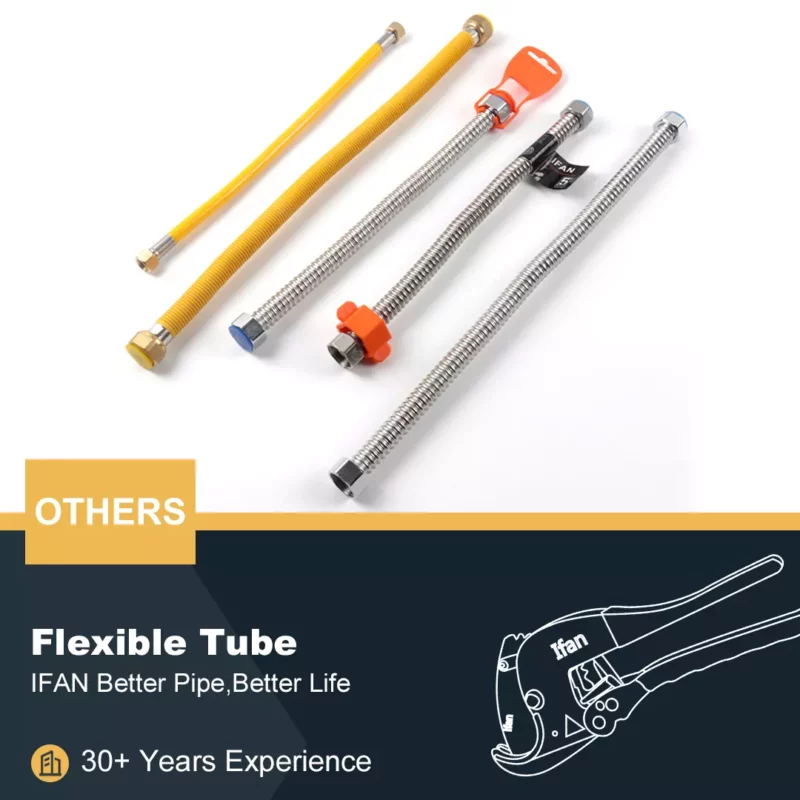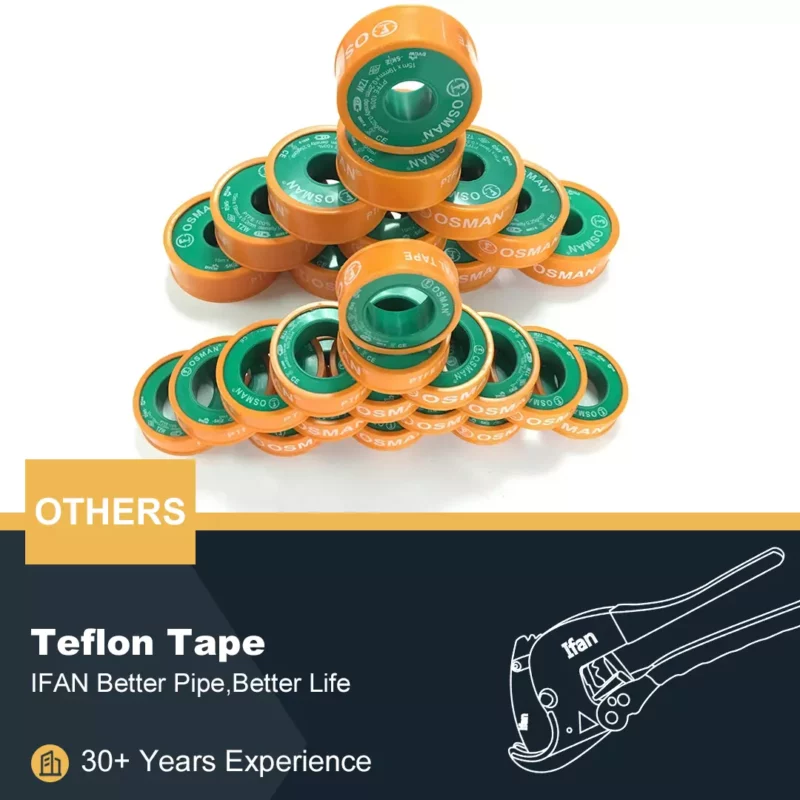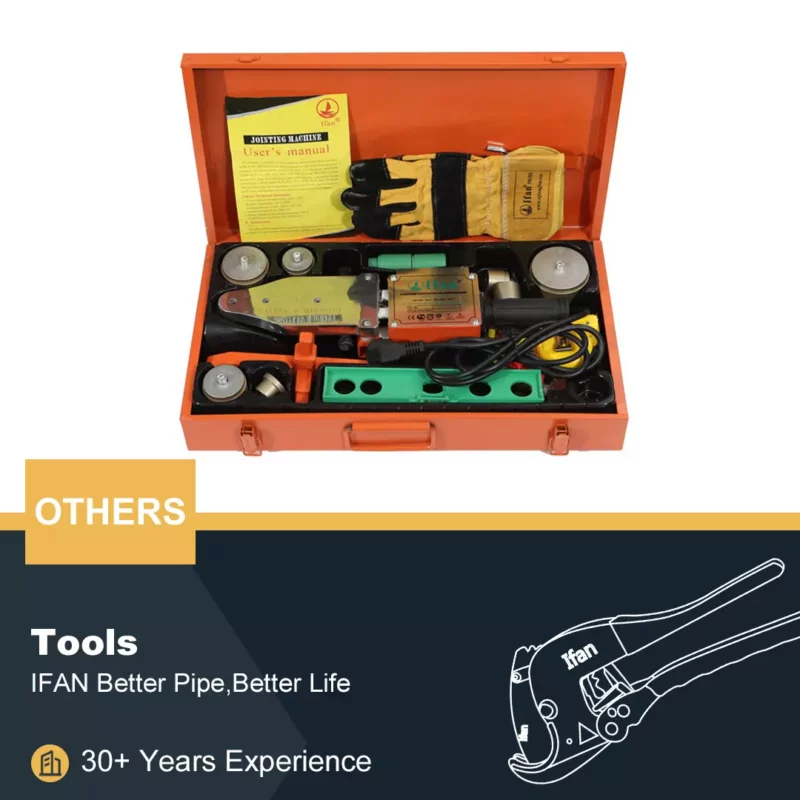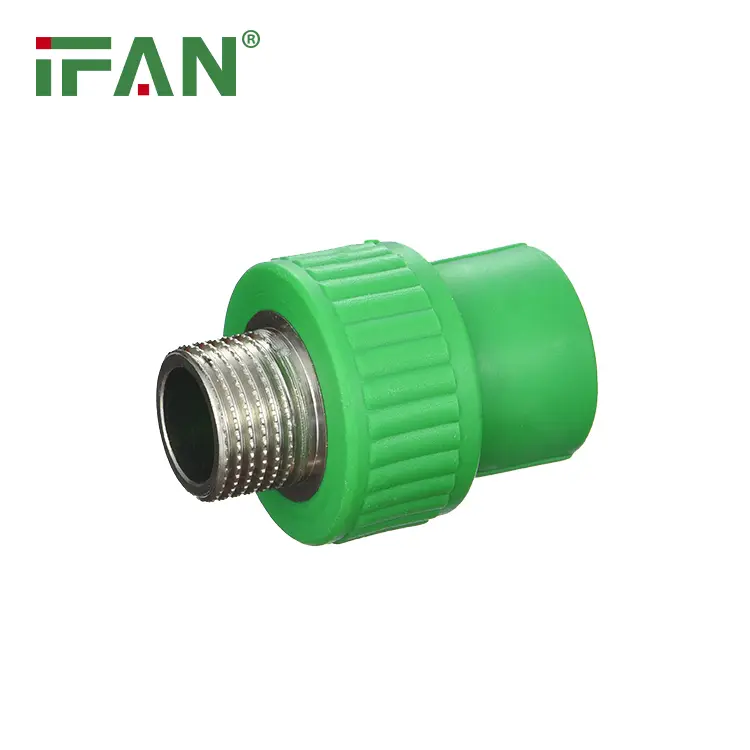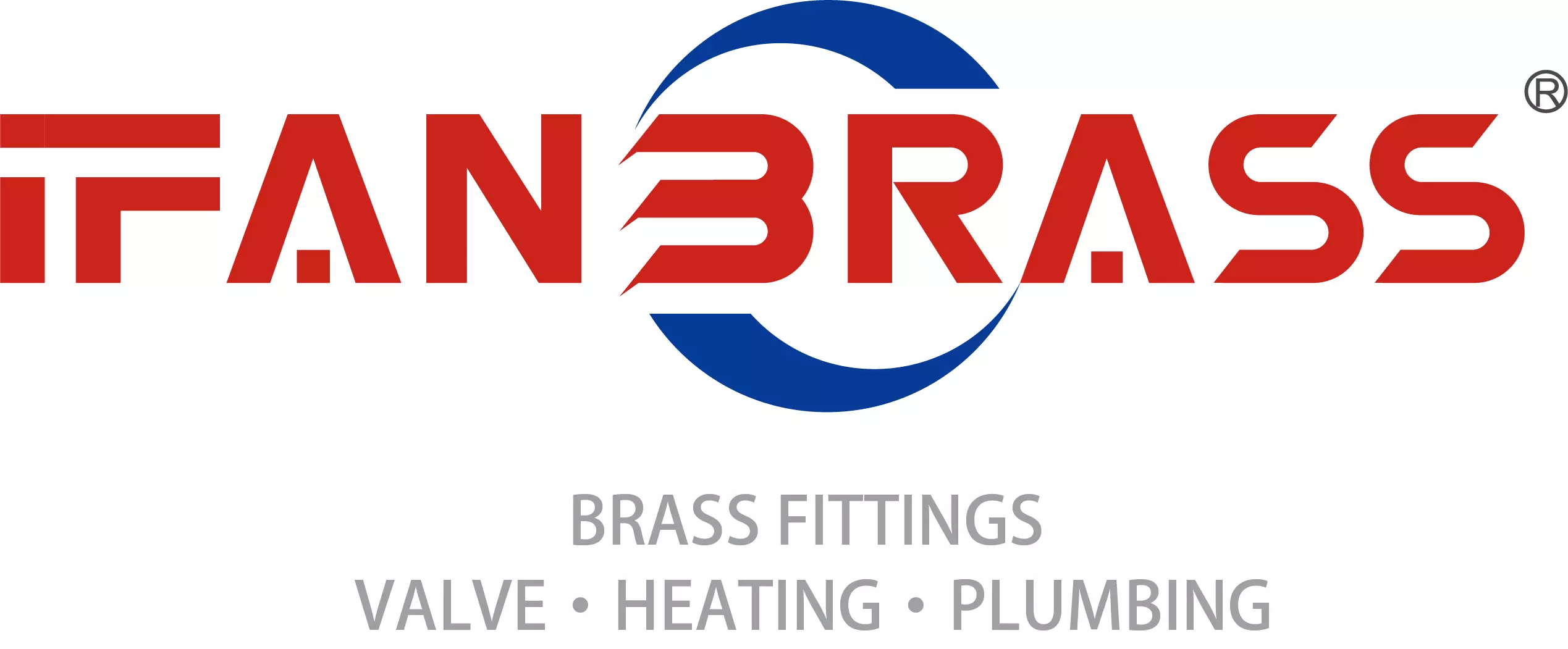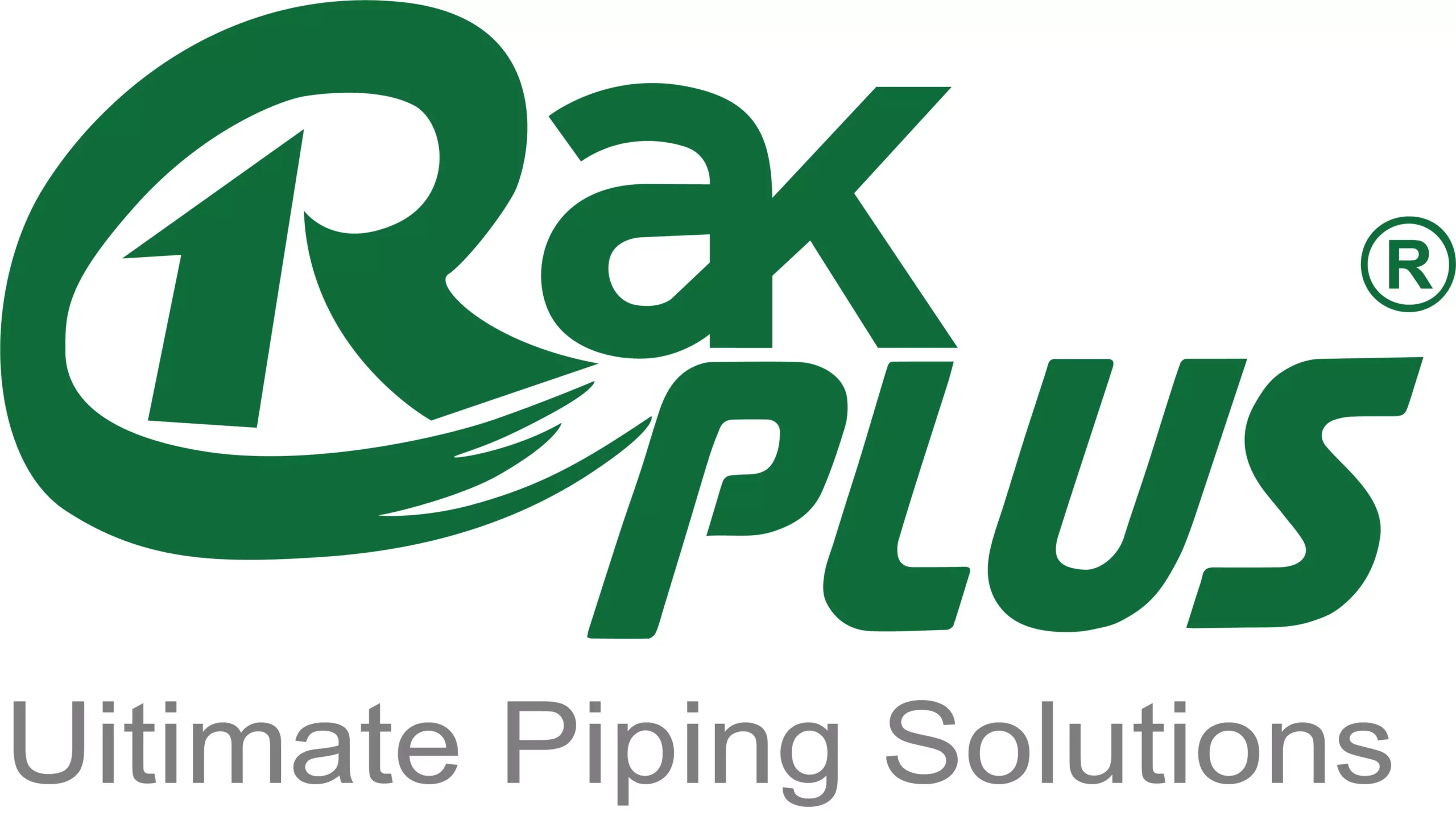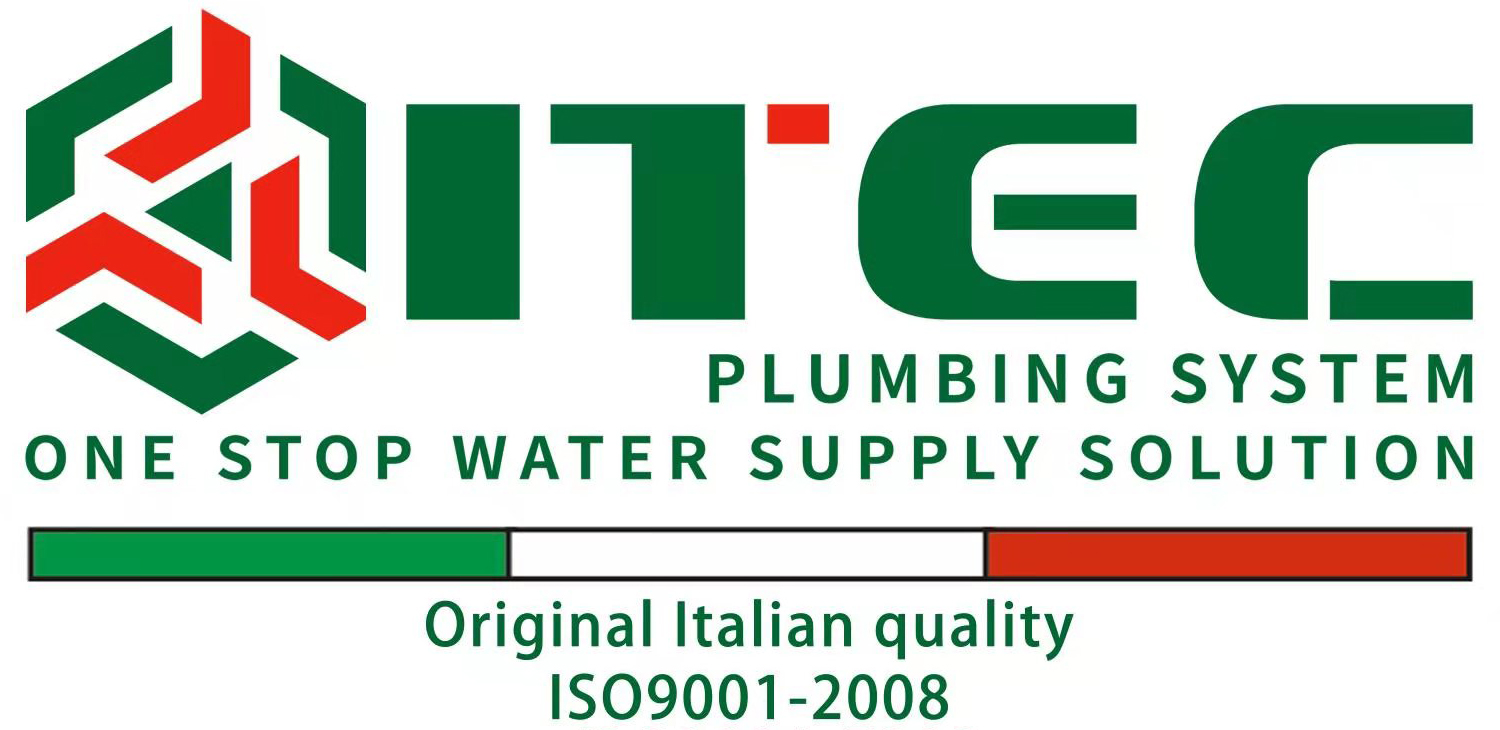PPR pipe fittings, short for polypropylene random copolymer fittings, are integral components within modern plumbing systems. Understanding the essential attributes of PPR pipe fittings is vital for those engaged in plumbing and construction. In this article, we will explore significant aspects related to PPR pipe fittings, shedding light on their composition, manufacturing, and key characteristics.
Composition of PPR Pipe Fitting
PPR pipe fittings primarily consist of polypropylene random copolymer, a thermoplastic material celebrated for its suitability in plumbing applications:
Random Copolymer Structure: The random copolymer structure enhances the material’s flexibility and impact resistance, making it suitable for plumbing systems.
Smooth Interior Surface: PPR pipe fitting feature a smooth interior surface, reducing friction and preventing scaling or buildup over time.
Manufacturing Process
The manufacturing of PPR pipe fitting involves several crucial steps:
Extrusion: Manufacturers melt PPR material and then shape it through extrusion into the desired form, including elbows, couplings, or tees.
Injection Molding: The molten material is then injected into molds, ensuring the fittings’ dimensions are precise and uniform.
Cooling and Solidification: Fittings undergo a cooling and solidification process to maintain their shape and structural integrity.
Stringent Quality Control: Rigorous quality control measures are put in place to confirm that each fitting meets industry standards.
Key Characteristics of PPR Pipe Fittings
PPR pipe fitting exhibit specific attributes that make them suitable for plumbing applications:
Corrosion Resistance: PPR fittings are highly resistant to corrosion, ensuring long-lasting performance in contact with various fluids.
Leak-Free Connections: Precise manufacturing guarantees secure and leak-free connections, minimizing water wastage.
Temperature Tolerance: PPR fittings can withstand a wide range of temperatures, making them suitable for both hot and cold water systems.
Low Thermal Conductivity: They have low thermal conductivity, reducing heat loss in hot water lines and preventing condensation in cold water lines.
In conclusion, PPR pipe fitting, composed of polypropylene random copolymer, offer a range of advantageous characteristics suitable for plumbing systems. Understanding their composition, manufacturing process, and key attributes is essential for those involved in plumbing and construction. These fittings’ corrosion resistance, leak-free connections, and temperature tolerance make them valuable components in modern plumbing installations.

